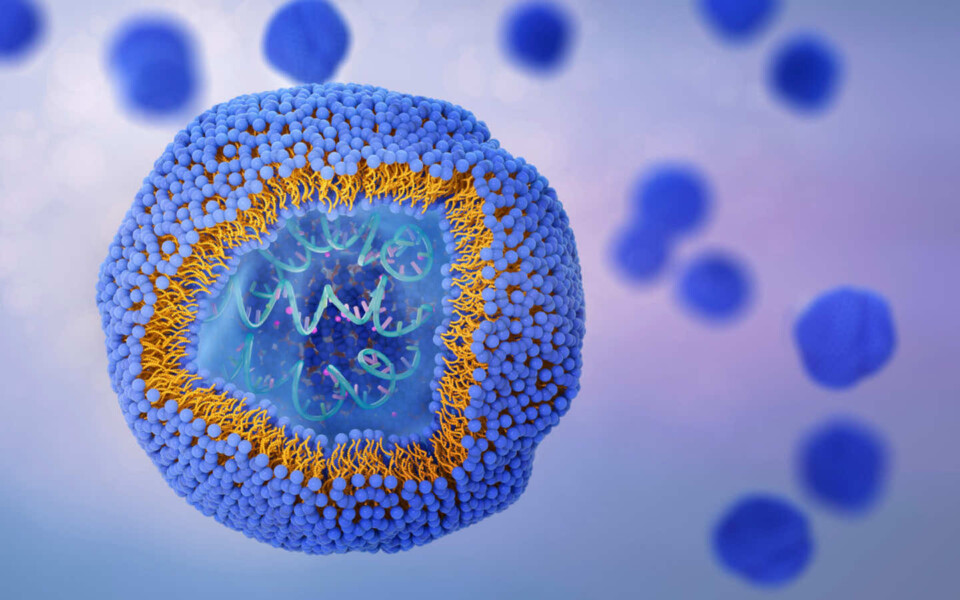The race to build better CRISPR delivery vehicles is heating up
If the first CRISPR decade was marked by a mad dash to evolve, engineer, and mine the bacterial universe for more and better genome-editing enzymes, so far the second seems to be all about three words: “Delivery. Delivery. Delivery.”
Gene-editing technologies hold huge promise for treating hundreds, even thousands of inherited diseases. But many such disorders involve tissues researchers still can’t reliably deliver CRISPR systems to — like neurons, muscles, and blood stem cells. Developing new methods for smuggling CRISPR systems past the biological barriers that human cells have erected to safeguard the DNA coiled inside their watery guts is now the focus of an intensifying race among top labs and deep-pocketed investors.
…
University of California, Berkeley, biochemist Jennifer Doudna, who won a Nobel Prize for her work on CRISPR, has previously published using a similar approach using lentivirus-like particles to deliver genes into blood stem cells. In January, her lab published a study detailing how such particles when combined with antibody fragments can be used to deliver them to T cells, reprogramming them into cancer-killing machines without first taking them out of the body. Doudna and three members of her lab have co-founded an early-stage genetic medicine delivery startup called Azalea Therapeutics to further develop that work, which in January had raised $10 million in seed funding.
A spokesperson for Azalea told STAT that the company has now “raised significantly more than the previously-reported $10M” but is not ready to disclose more details.


